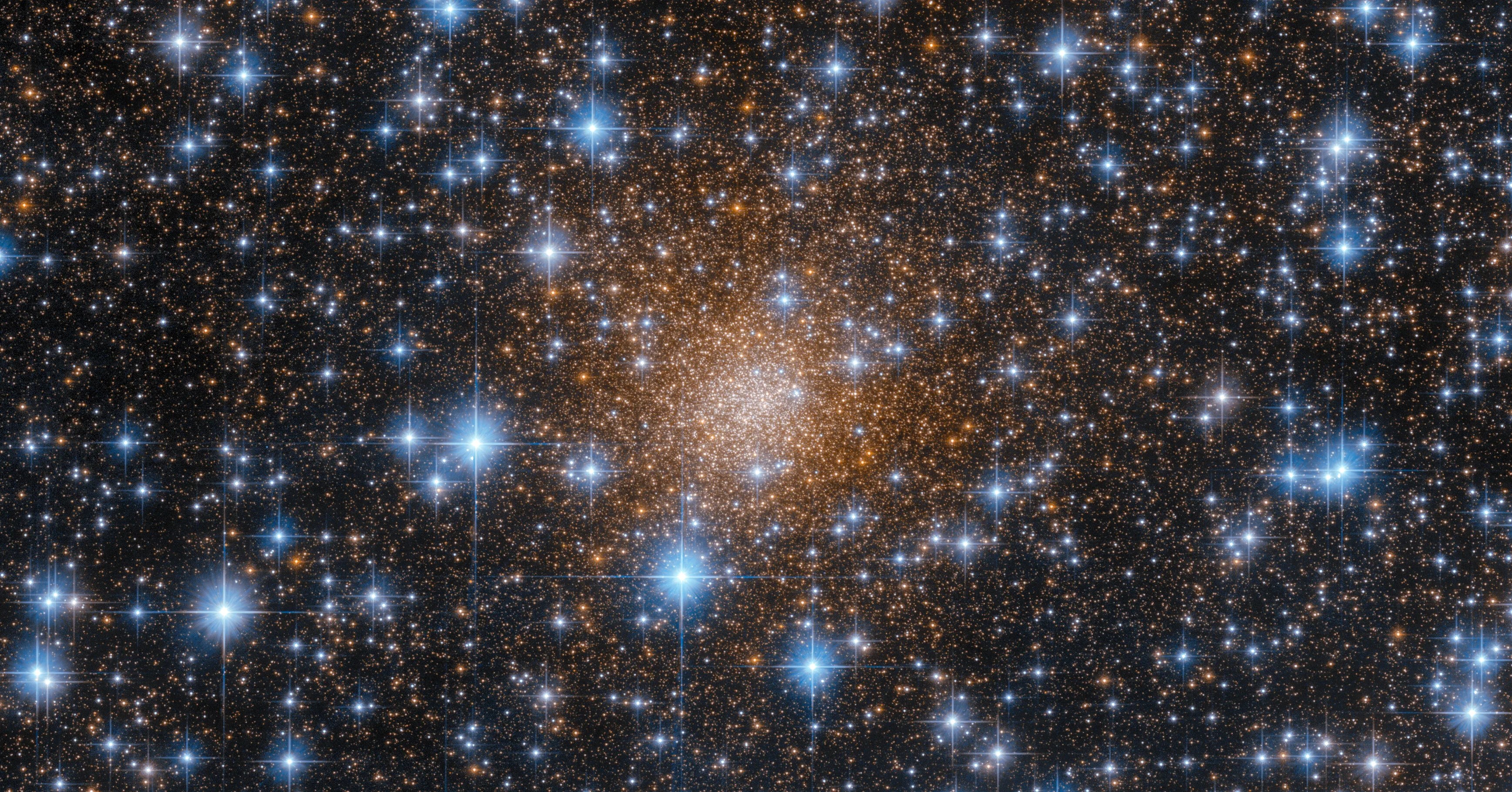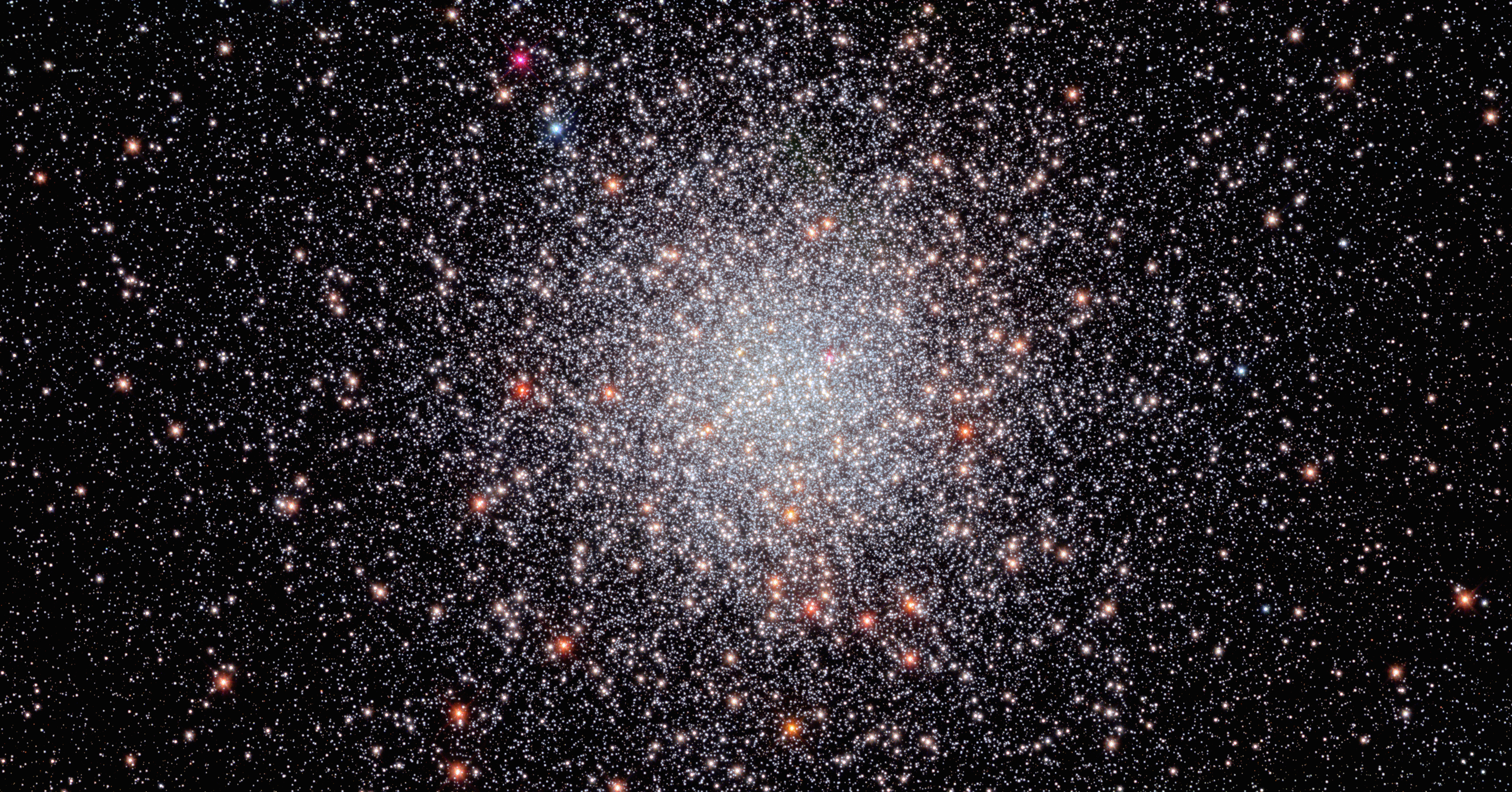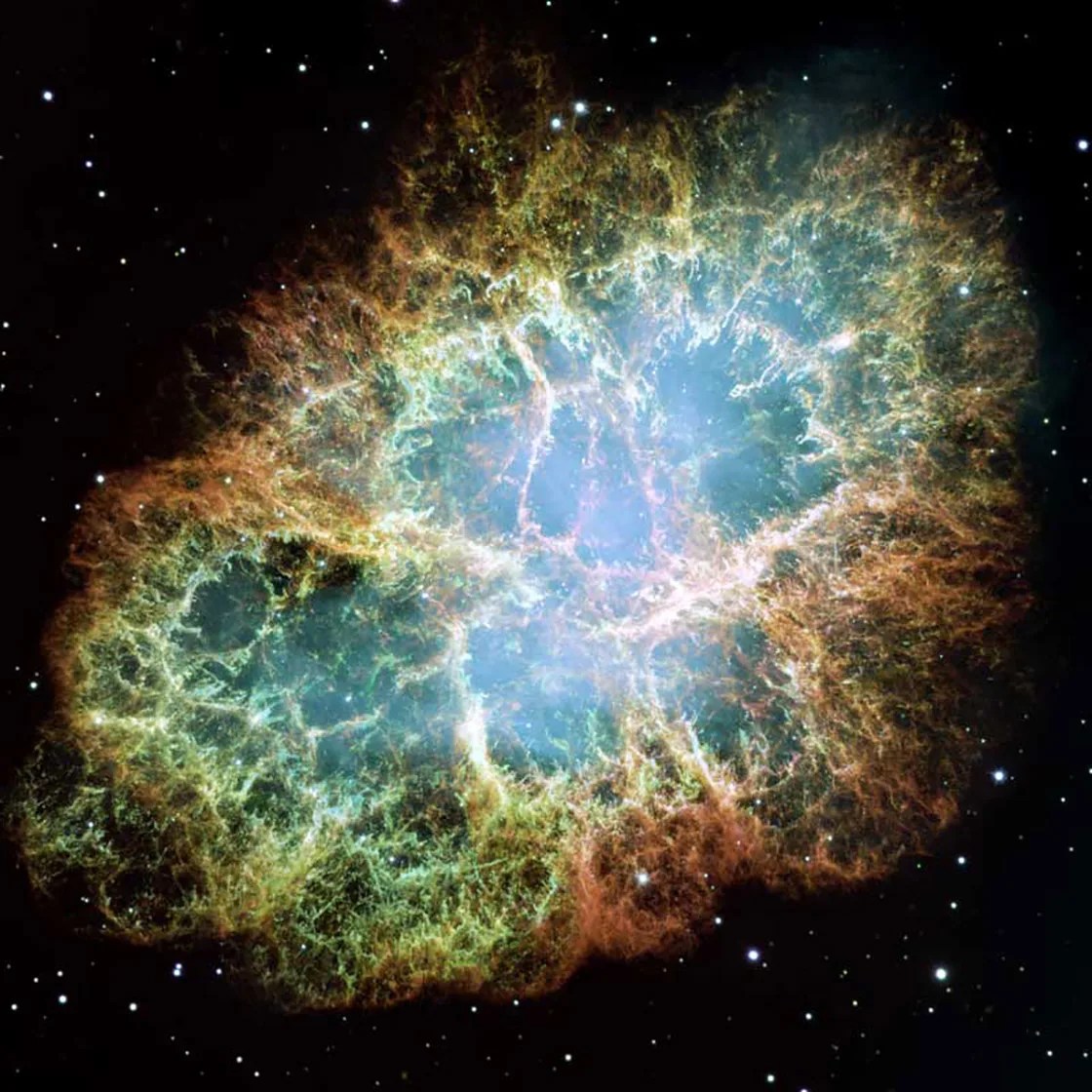Hubble's Starry Sights
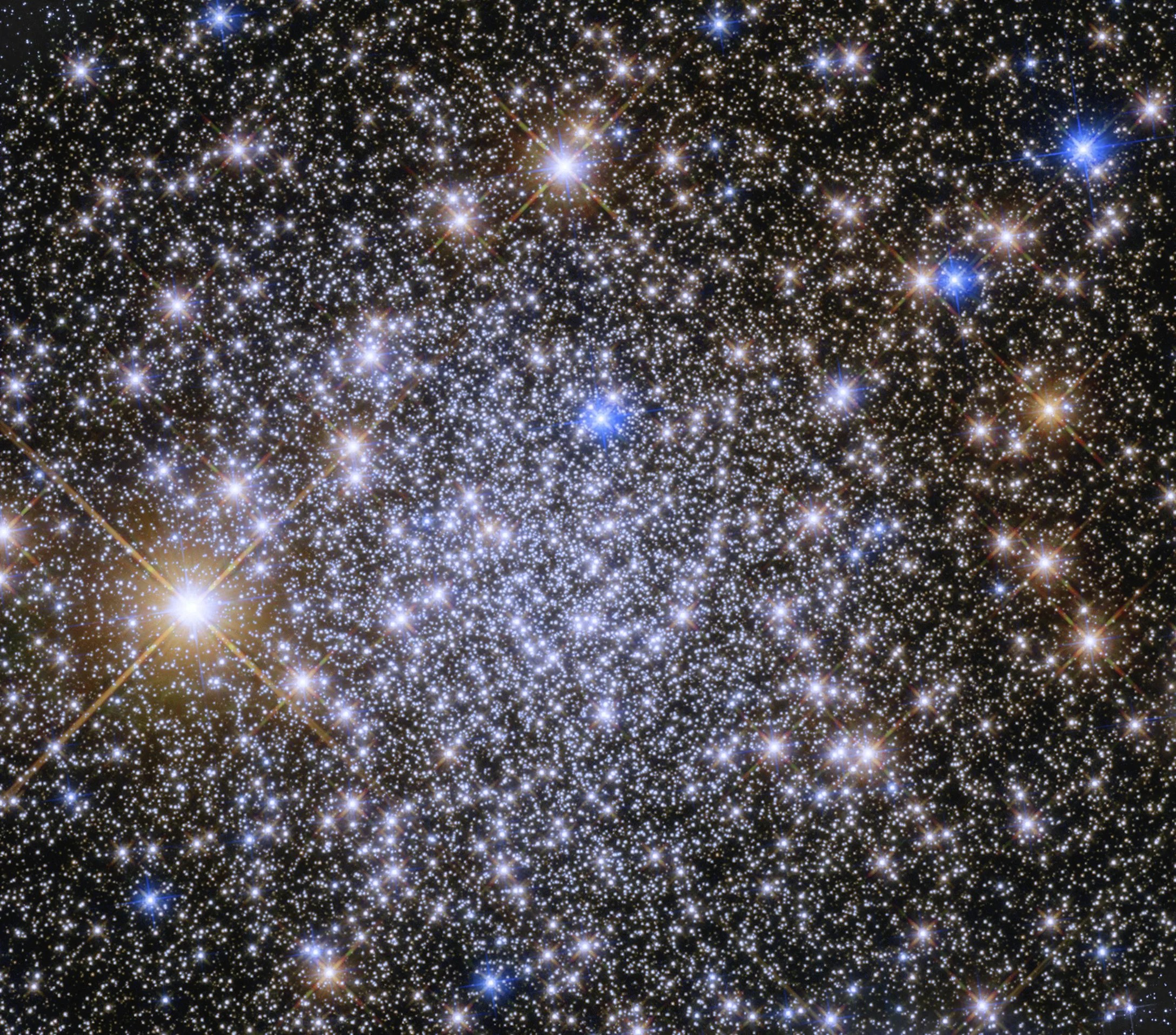
Hubble Glimpses a Glittering Gathering of Stars
Pismis 26 is a globular star cluster located about 23,000 light-years away.
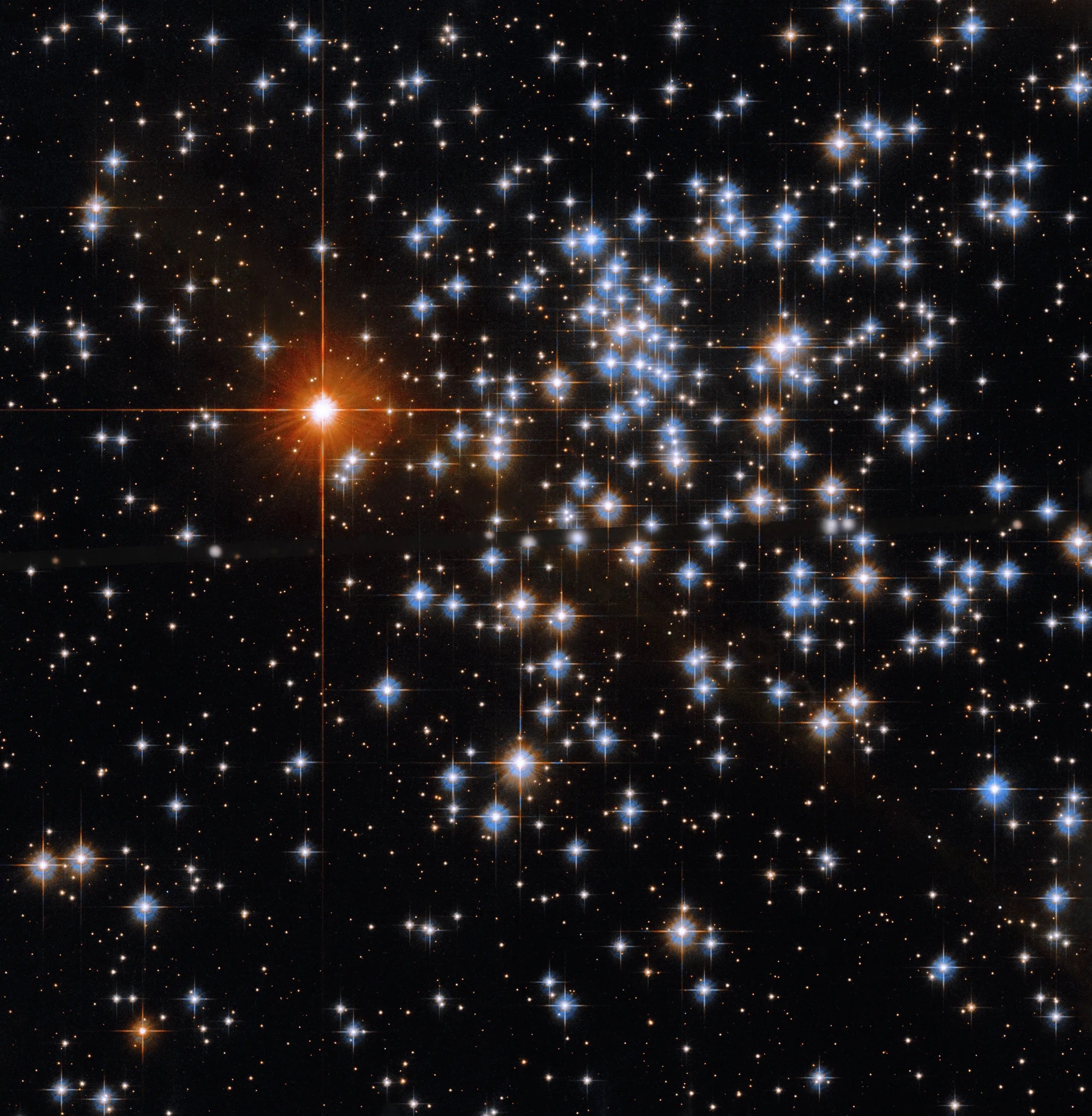
Hubble Spies Sparkling Spray of Stars in NGC 2660
This glittering group of stars, shining through the darkness like sparks left behind by a firework, is NGC 2660.
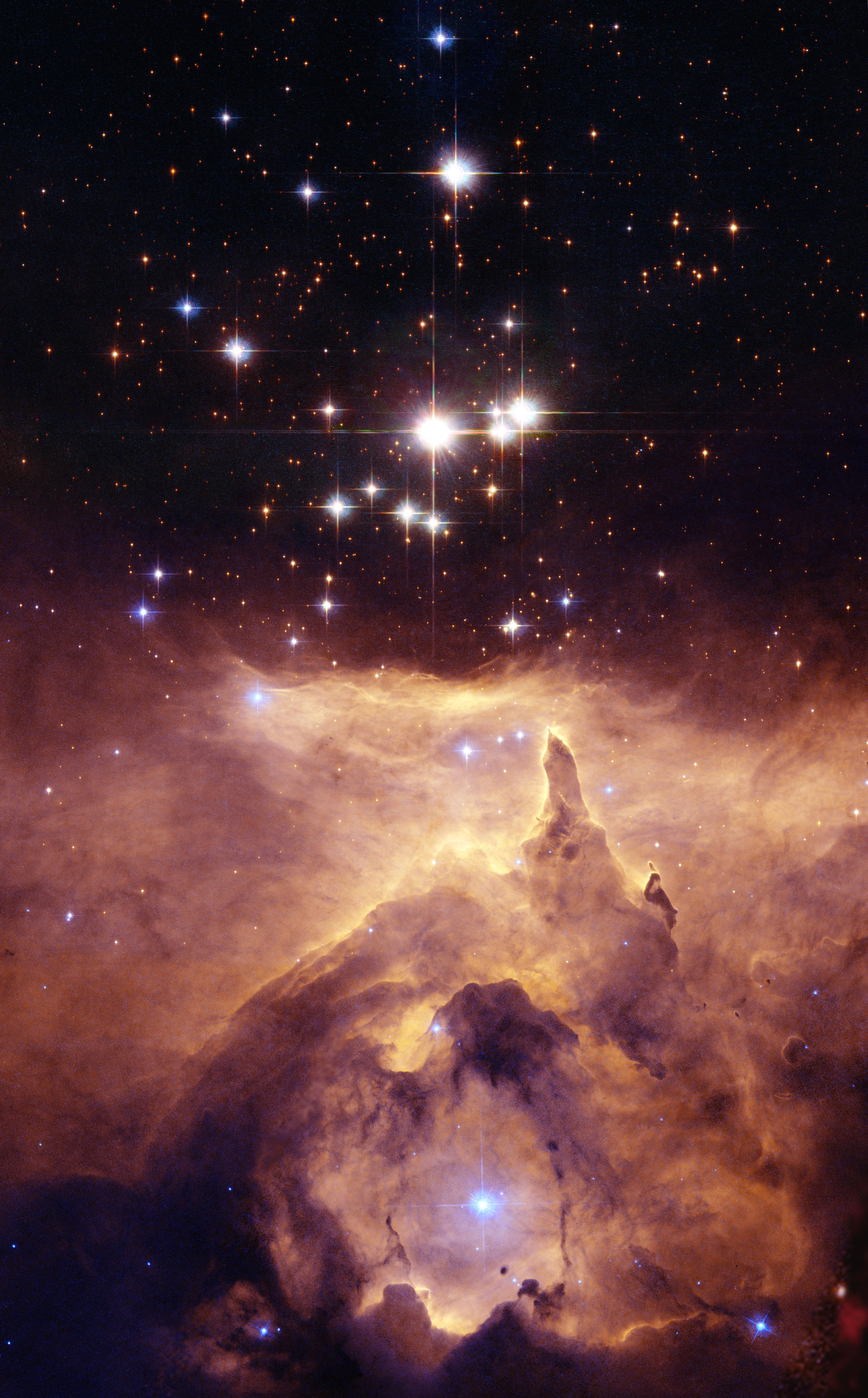
Sonification: Pismis 24
Pismis 24 is a stunning star cluster that lies within the nebula NGC 6357. The sonification takes data from this image and represents it with sound.
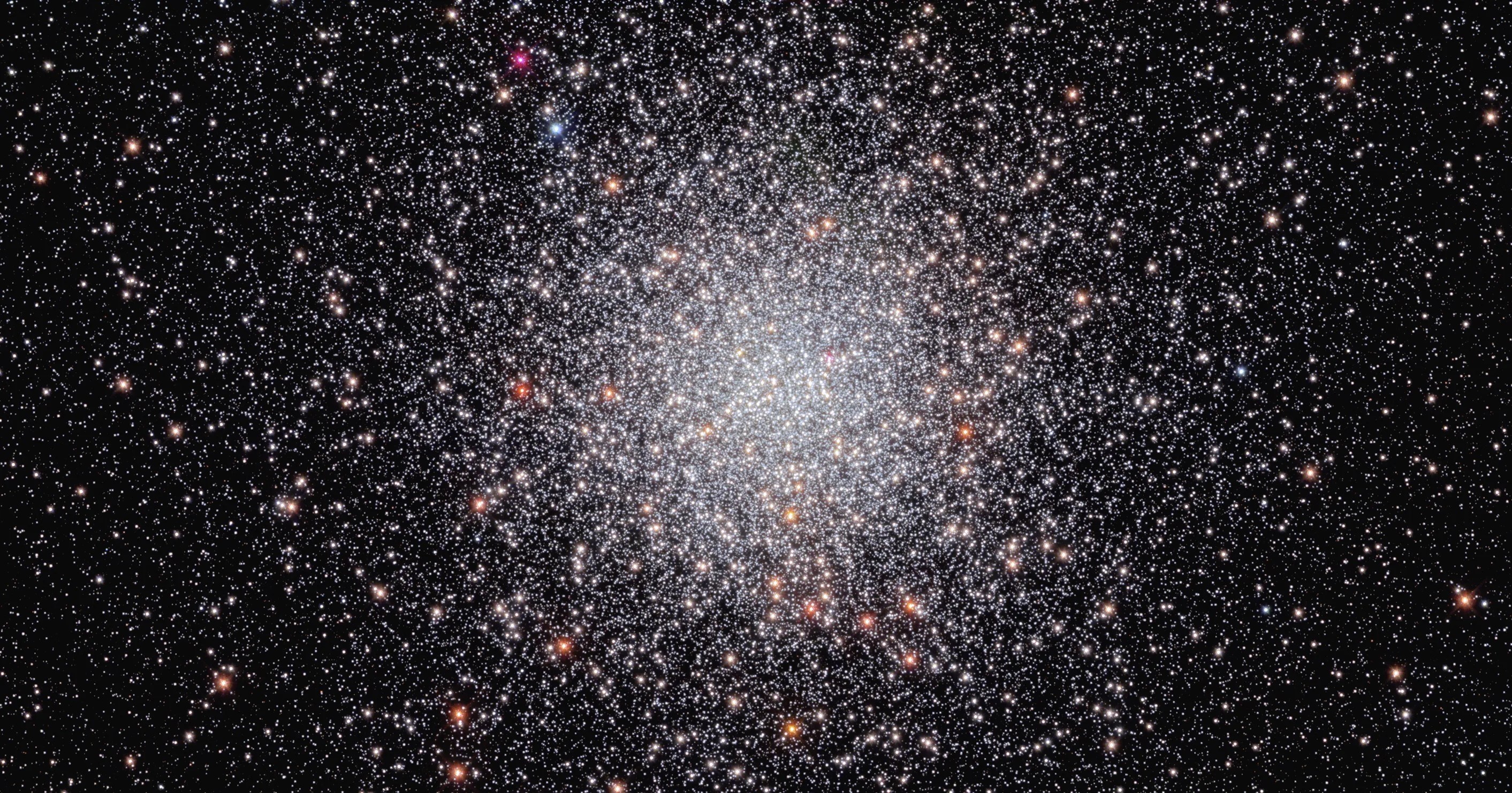
Hubble Captures a Swarm of Stars
Looking like a glittering swarm of buzzing bees, the stars of globular cluster NGC 6440 shine brightly.
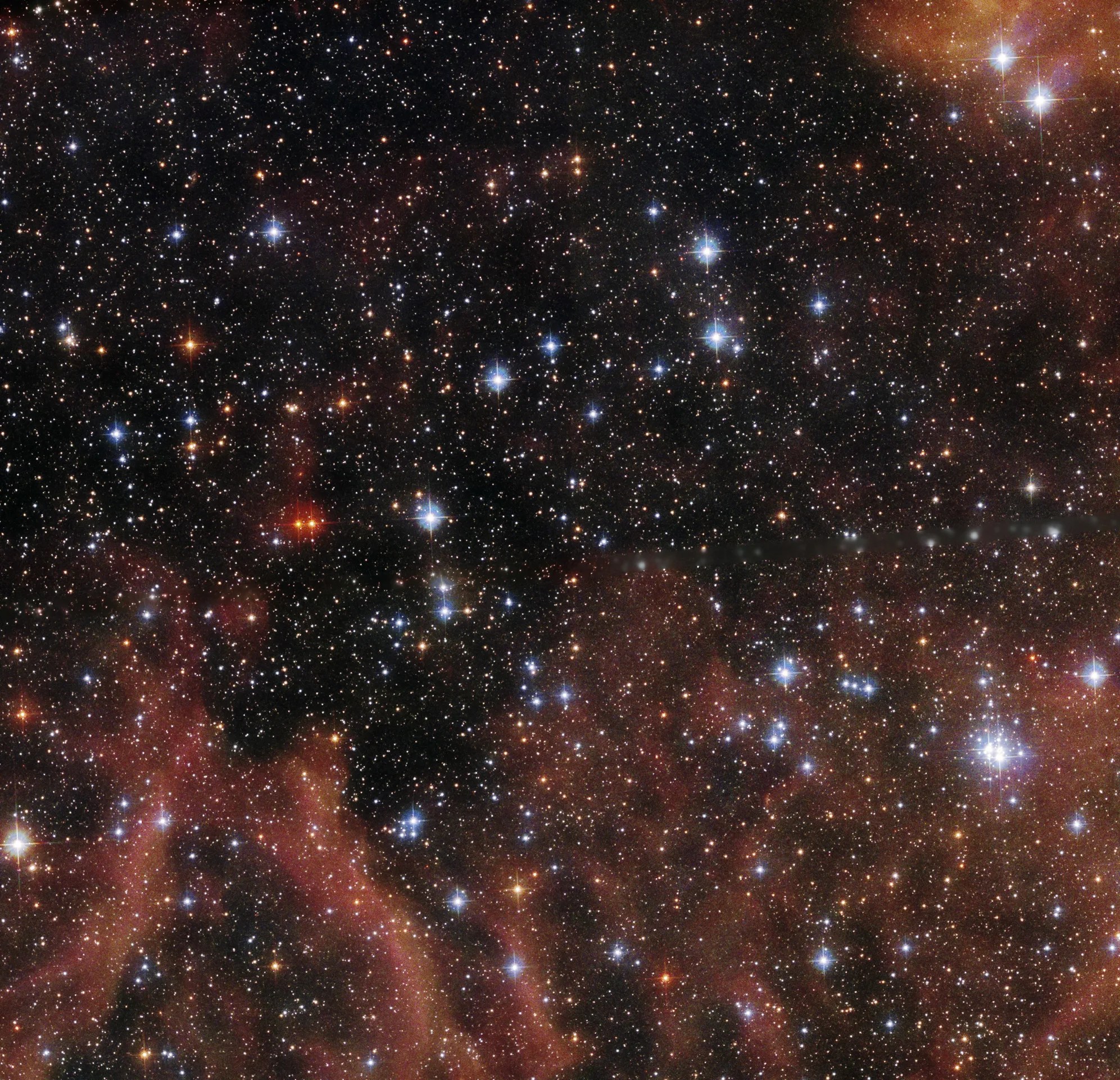
Hubble Views a Cloud-Filled, Starry Scene
Bright, blue-white stars of the open cluster BSDL 2757 pierce through the rusty-red tones of gas and dust clouds.
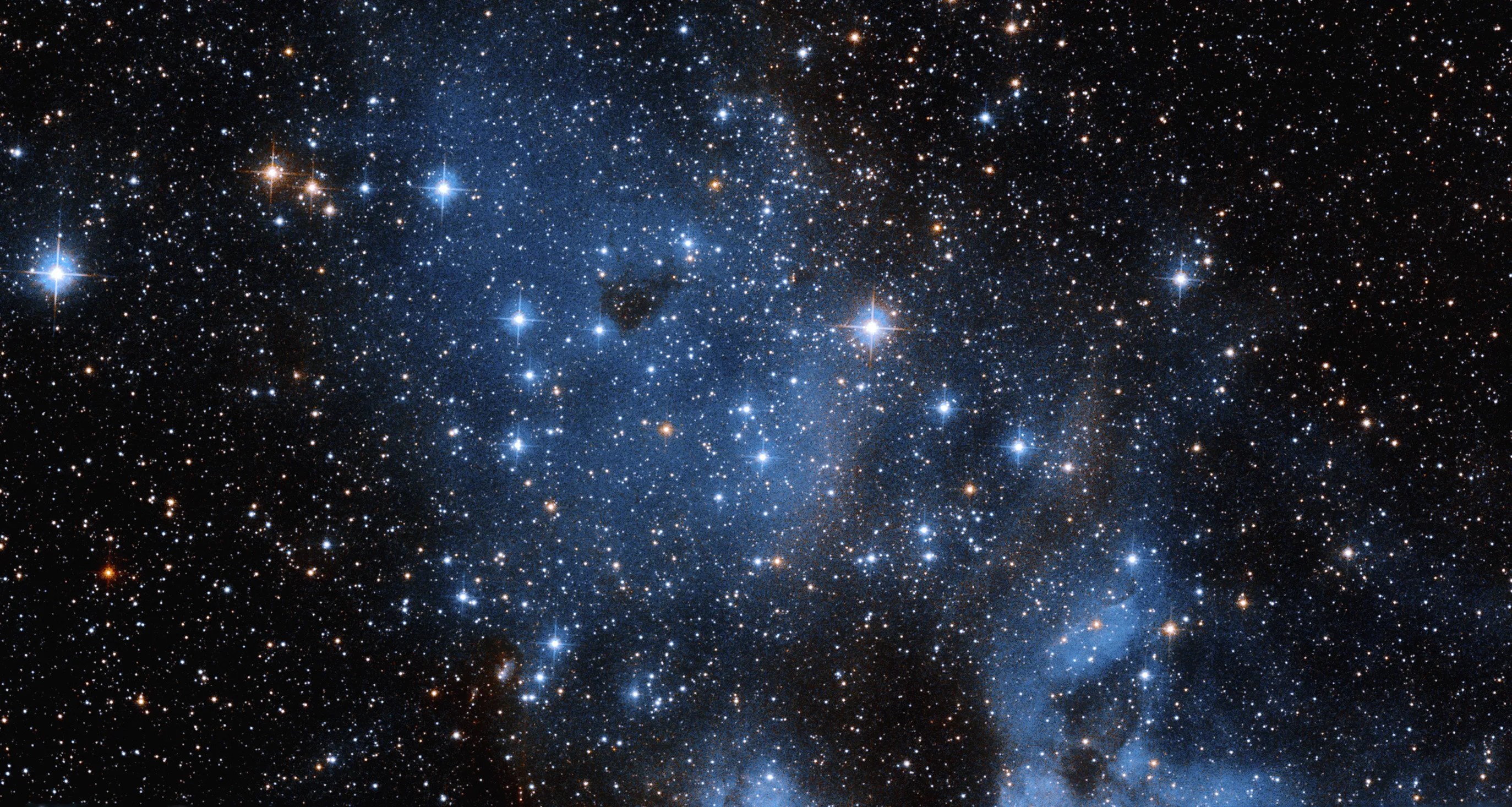
Hubble Spies Emission Nebula-Star Cluster Duo
This collection is NGC 1858, an open star cluster in the northwest region of the Large Magellanic Cloud.
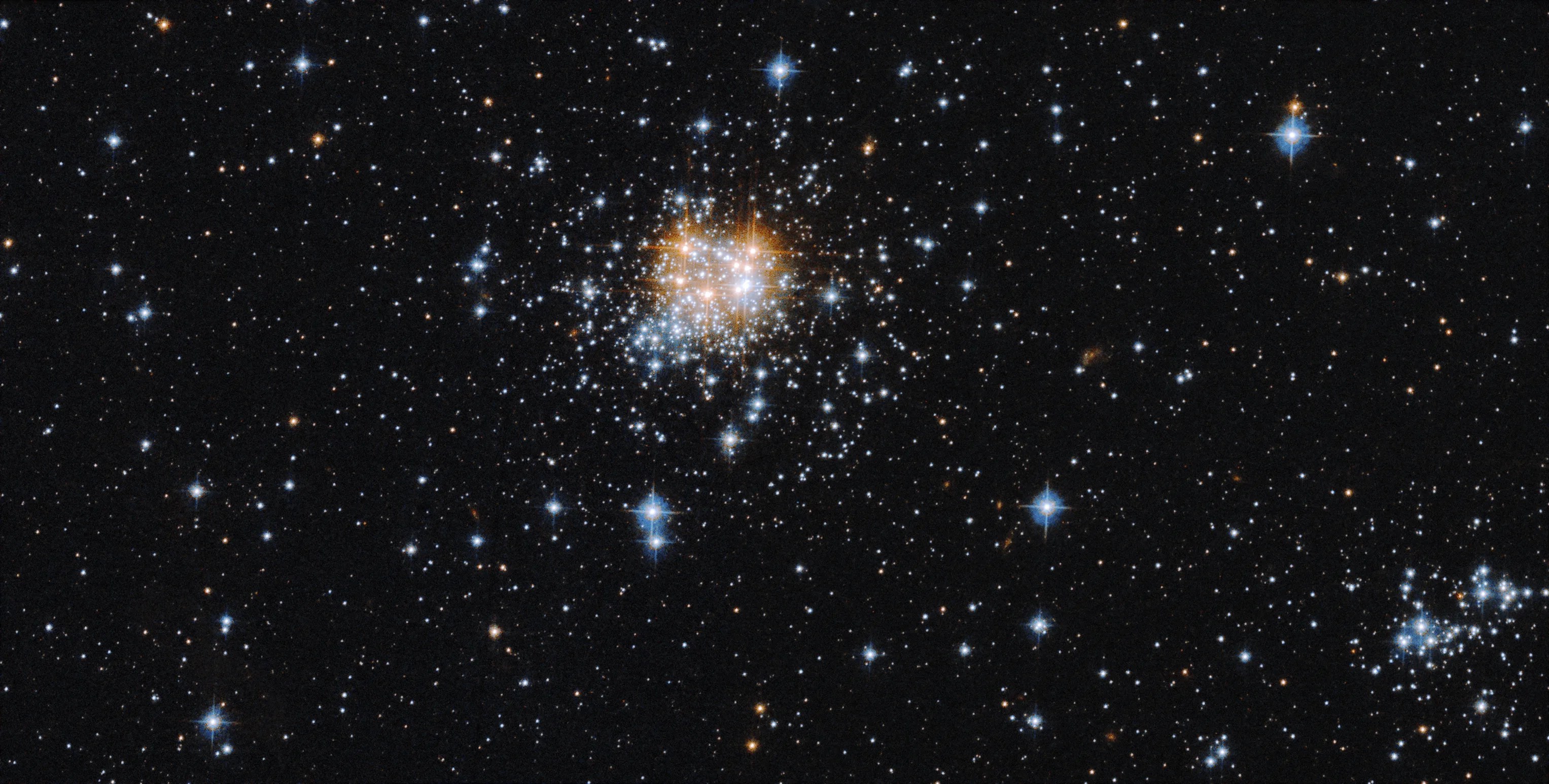
Hubble Observes an Outstanding Open Cluster
A twinkling group of stars, called NGC 2002, dominates the center of this image.
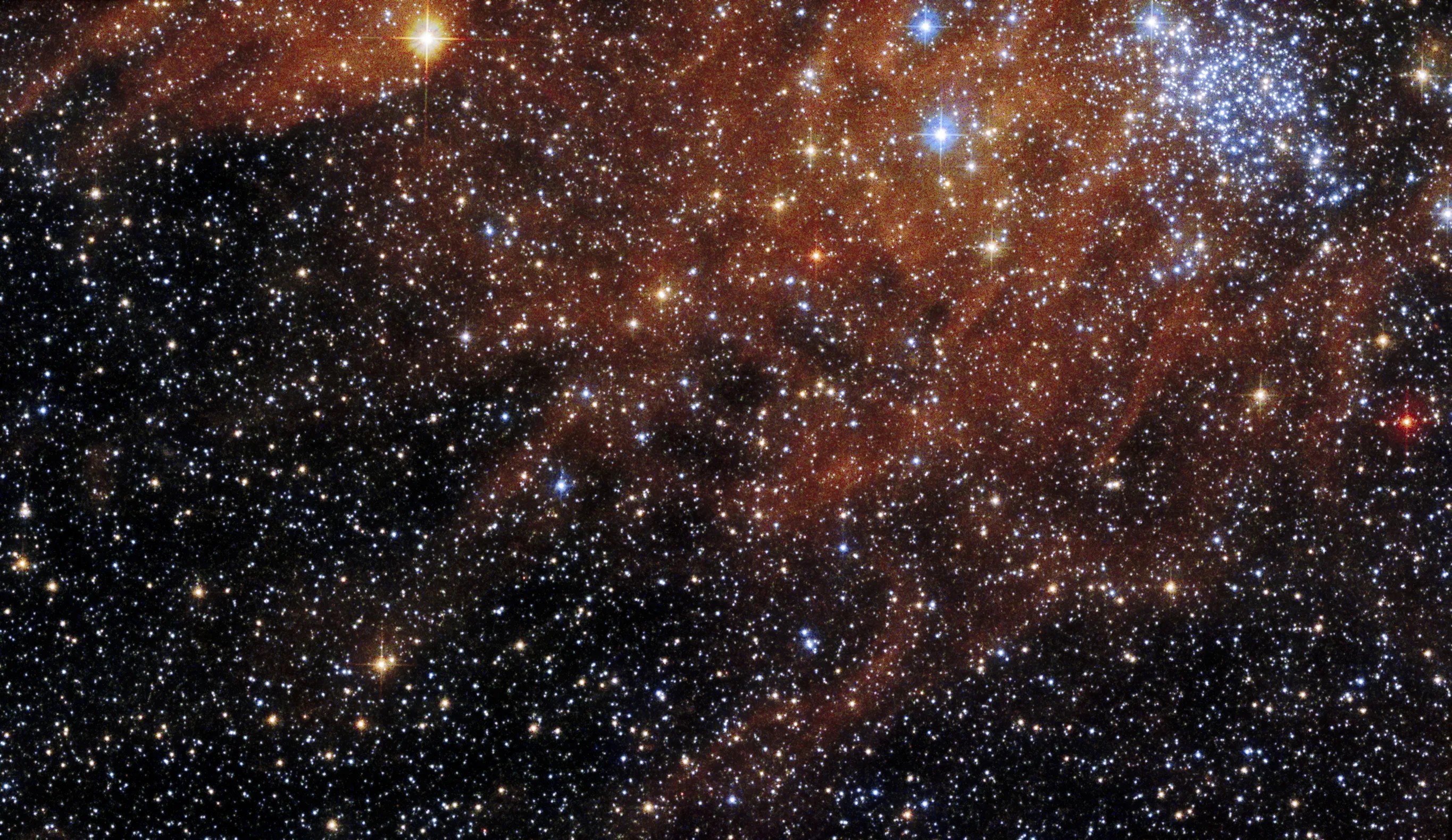
Hubble Spots Bright Splash of Stars Amid Ripples of Gas and Dust
Open cluster KMHK 1231 is a group of stars loosely bound by gravity.
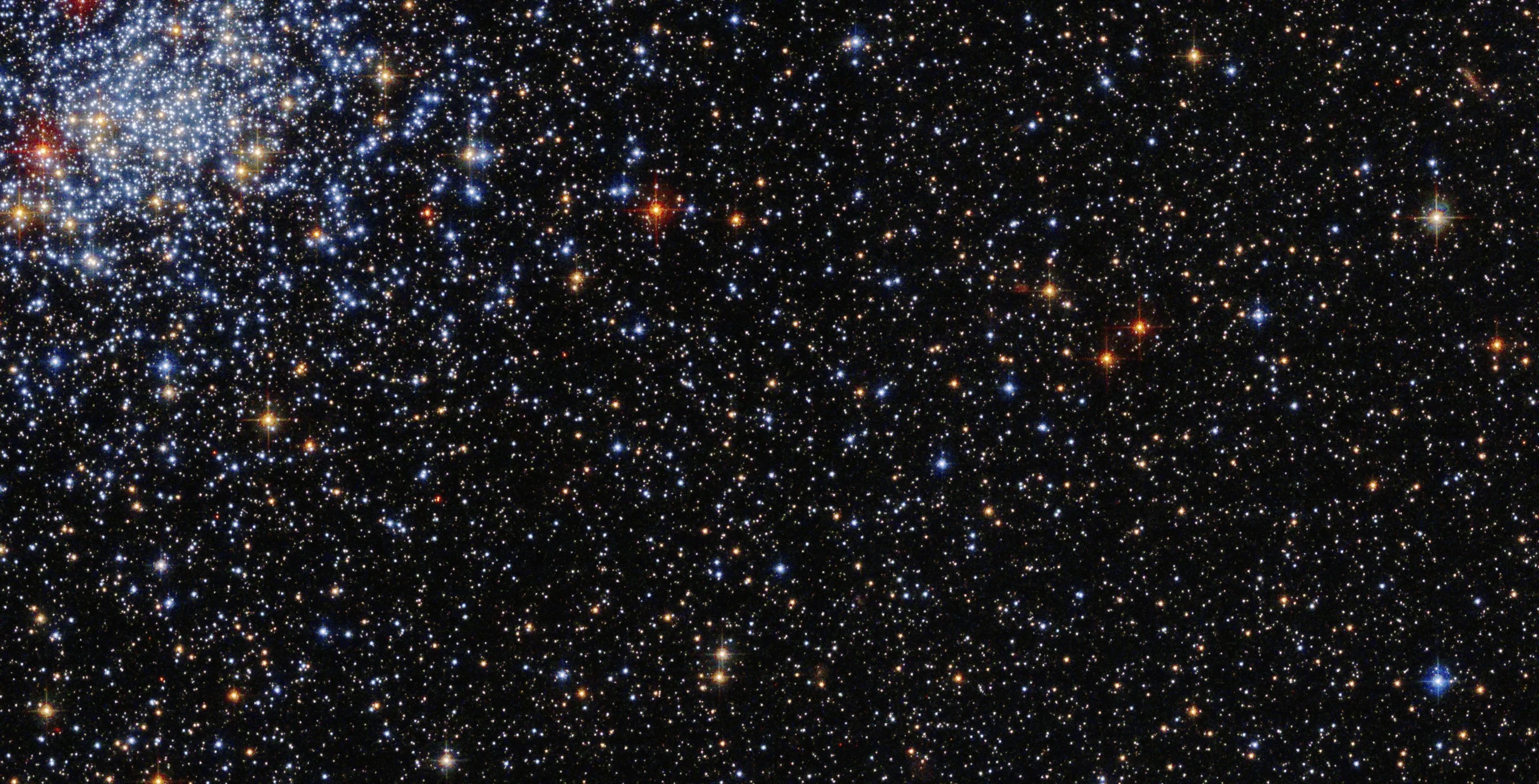
Hubble Beholds Brilliant Blue Star Cluster
In the top left corner of this starry sight, the globular cluster NGC 2031 shines brilliantly.
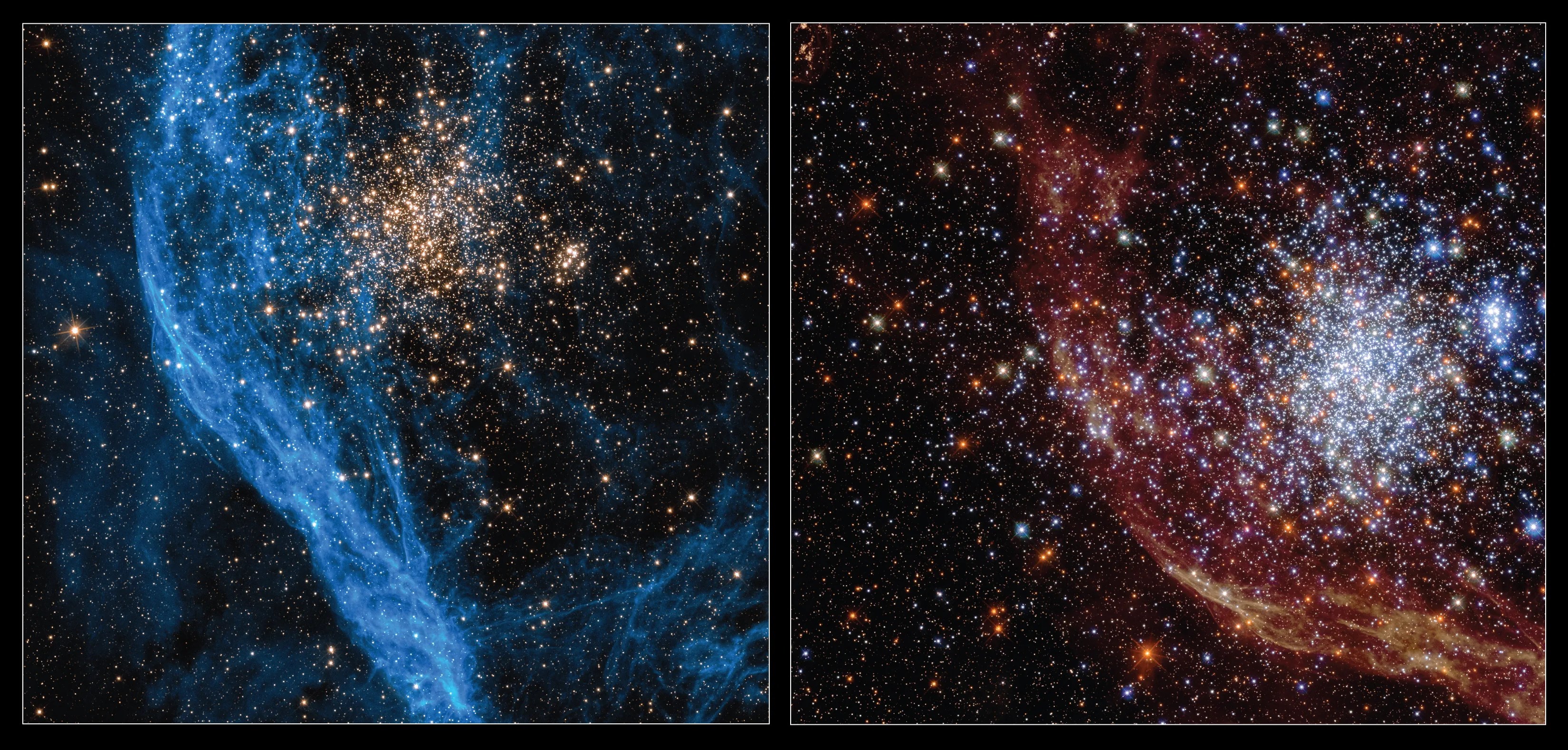
Hubble Captures Dual Views of an Unusual Star Cluster
While these two images may look dazzlingly different, they are actually pictures of the same cosmic object: NGC 1850.
Hubble's Star Clusters
Hubble's observations of star clusters help us better understand how stars form and evolve.
Forming in giant clouds of gas and dust, stars are often found in multiples or large clusters that hold as few as tens to as many as millions of stars.
Learn More